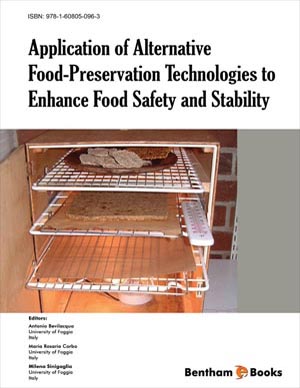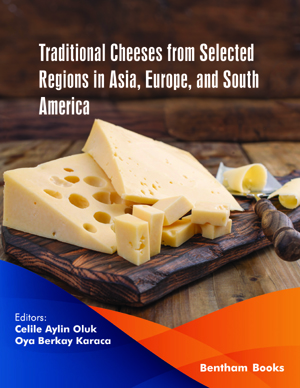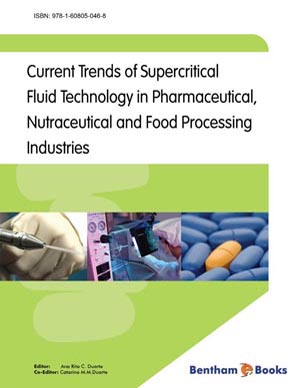Abstract
Nowadays, consumers are more aware of what they eat and also request, minimally processed foods and they tend to prefer biodegradable or bio-based packaging. One of the most accepted technologies to battle this problematic is active packaging. Active packaging protects the food product by extending its shelf-life while guaranteeing its safety through the addition of antimicrobials or antioxidants that actively interact with the packaging atmosphere or the food product to avoid oxidation processes, microbial growth and other routes responsible for food spoilage. Although yet not fully implemented in Europe, active packaging is expected to reach a compound annual growth rate of 6.9% in 2020. However, in order to get these active packaging solutions into the market, their safety must be ensured and they must comply with the European legislation on the topic, both for the active substances incorporated into the packaging materials as for the packaging material itself. These packaging materials, either plastic or bio-based, can pose food safety risks to consumers due to the migration of compounds from the packaging to the food product. Compounds like plasticizers, additives, polymer monomers/oligomers and even non-intentionally added substances (NIAS) can migrate from the packaging material to the food product at concentrations capable to endanger human health and, therefore, they must be correctly detected and identified, to allow a correct risk assessment and strict monitoring of the packaging materials available.
Keywords: Active packaging, Antioxidant, Antimicrobial, Migration, Release, Food contact materials, Bio-based polymers, Natural compounds, Nonintentionally added substances.



















